SummaryThere are a lot of things New York does well, and a few things that it doesn't do so well. One thing the city does particularly well is its museums. Across the 5 boroughs of New York, there are 80 museums, 32 of them in Manhattan, the area in which this article will concentrate on. The city has its own 'Museum Mile' an area that is covered with museums. This number is considerably smaller than London (where there are over 200), and not only that, unlike the UK, museums in the United States charge admission prices, and some of the prices can be incredibly steep. However, despite these negatives, and the relative youth of the city, the museums in New York more than hold their own against European and British museums - and here are 10 of my favourites. [Honourable mention] Museum of Modern Art (MoMA)One thing I have to mention at the outset is that this is a very subjective list. It's a list of museums that I enjoyed visiting most as opposed to museums that are rated the highest. MoMa is one example of this. The museum tends to top most online lists, but I struggle to understand modern and contemporary art and therefore I really didn't enjoy the museum and so it fails to make my top 10. There are other museums that are genuinely good, but I only have space for 10. I thought the museum at Fraunces Tavern is put together incredibly well but it is rather small. The National Federal Hall is almost a living museum and it's well worth a visit. I thought the Natural History Museum was fantastic, however, it's not too dissimilar to Natural History Museums in other cities such as London or Washington D.C. and therefore it also fails to make the list. 10. Intrepid Sea, Air and Space MuseumAdmission Price: $33 There are certain things that I just didn't grow out of. My fascination with space, aircraft and ships are just a few of those things. I currently live under a flight path and spend a ridiculously long period of time just watching planes take off and land from my balcony. When I'm walking and see a plane in the sky that's fairly low, I tend to stop and just follow it. That's bad for a number of reasons. Firstly, a brown guy staring so intently at an aeroplane raises eyebrows. Secondly, sometimes I've stopped in the middle of roads, not very smart!. Going to a museum that is literally built on an aircraft carrier, should therefore be the dream. However, it wasn't all that I thought it would be. At $33 it's the most expensive museum on this list, and I actually thought twice about going in. Perhaps it was the cost in my head, but it took me a long time to really get into the exhibitions. The planes all looked like plastic models, although the backdrop of New York City was impressive. The planes included fighter aircraft from the early years of flight to some of the most modern planes in the skies today. The Lockheed A-12 plane looked futuristic, despite having been retired for over 40 years and the Falcon and Skyhawk reminded me about my childhood fascination with some of the military aircraft on show here. The tour of the aircraft carrier was good without being particularly memorable, whilst the tour of a USS Growler submarine was marginally better (although its tight spaces mean it isn't for claustrophobic people). Seeing a British Airways Concorde parked randomly by the cafe was just odd. I'm a huge fan of the Concorde and seeing it close up was something I enjoyed, but it just looked a little out of place and almost forgotten. The reason the museum makes it into my top 10 is largely based on the space section as it houses an actual Space Shuttle, the Enterprise. The Enterprise didn't actually ever fly into space, but it was designed originally with this aim in mind. The room that houses the Space Shuttle has other space related memorabilia and exhibits, but no doubt the star of the show is the Space Shuttle. It's hard to imagine that craft like this flew into space. It's definitely large, perhaps not as large as some of the other aircraft on display. Most surprisingly, this didn't actually look that different from some of the other aircraft. Nonetheless, it was very cool getting to see a Space Shuttle this close and for this alone it makes the top 10. 9. Museum of American FinanceAdmission Price: $8 (I visited for free due to a temporary offer) It's an ode to capitalism and does a tremendous job telling the history of the world's predominant economic system. The focus is on the United States, and in particular New York so there is no surprise this museum is housed in a beautiful building on Wall Street. The interior is grand, although it's relatively small - one large room, with a couple of smaller ones on the side. A gold monopoly board showcases some of the excesses associated with American capitalism, but make no mistake, this museum isn't just a showcase of wealth but an interesting look at the growth of America as a financial and economic superpower. My favourite exhibit was a feature on the history of American cash - it was interesting seeing banknotes from the early 19th century. Other interesting exhibits include famous stocks and bonds issued by some of America's most famous companies. My visit coincided with a temporary exhibit on Alexander Hamilton's financial programs. The proximity of the museum to Trinity Church where Alexander Hamilton's grave is located gave the exhibition a very local feel. Hamilton's financial programs were progressive for its time, but looking at the electronic trading screens showing the evolution of the financial system shows just how far America, and the worlds financial system in general has come over the past 250 years. 8. The Skyscraper MuseumAdmission Price: $5 This is list is incredibly subjective, and if you were to look at the ratings on Trip Advisor, you'd question my decision to place this museum on my list at the expense of some of the other famous museums in the city. The museum is literally one relatively small room filled largely with cheap posters and a handful of models, but the content is something that I find personally interesting. I've mentioned previously that I am from a small English town so the concept of skyscrapers is something that has always fascinated me. This museum tells the story of skyscrapers; from their origins in Chicago to the huge monoliths in the Arab world. New York has played an important role in the history of the skyscraper, so it's only appropriate that it houses a museum on structures that have, and continue to, shape the city. The model of the Twin Towers is particularly poignant and the shop has a fantastic collection of books - it's one of only two museums on this list where I have actually spent money (outside of entry prices). 7. National Museum of the American IndianAdmission Price: Free (part of the Smithsonian Institute) You know a cultural genocide has been ruthlessly effective when a nation's culture is consigned to museums in what was formerly its own land. The National Museum of the American Indian is housed in the beautiful U.S. Customs House, one of the older buildings in this list. The Customs House was built at the start of the 20th century as a point of entry for imported goods but its most recent use is as the New York branch of the National Archives as well as a museum that covers the cultural history of the Native Americans. The fact that the museum is still called 'American Indian' shows borderline arrogance. When Europeans landed in the New World, they thought they had found India, half a millennium later and somehow the inhabitants are still referred in certain places as Indians. For the grandeur of the building, the contents are quite underwhemlimg. There doesnt seem to be any sort of narrative, and exhibits seem to be unconnected and just a loose grouping of items. However, it's still fascinating to get an insight into a people that until a couple of centuries ago dominated the North American continent. And the building really is ridiculously beautiful. 6. The Jewish MuseumAdmission Price: $15 The history of the Jewish people is incredible; both in terms of length and events. Their presence flows through the history of Western Civilisation, and has been important in shaping the world we live in today. There are also large parallels that can be drawn between the Jews and Sikhs. Both belief systems have faced large scale persecution, and both belief systems had their ancestral homes taken from them by external invaders. scattering them around the world.. There is a lot that Sikhs can learn from the Jews. Despite not having a homeland for two millennia, they managed to keep their beliefs, customs and traditions in their diaspora. The Sikhs have been stateless for roughly 150 years, and although Sikhi seems to be going through a renaissance, especially in western nations, keeping alive certain traditions isn't proving so easy. The Jewish museum in the 'Museum Mile' of New York is the oldest Jewish museum in the world, dating back to 1904, and holds over 26,000 different objects in its collections, larger than any collection outside of Israel. The museum is incredibly well planned and tells a compelling narrative from the origin of the Jewish people up to the modern day. Even if we question the way Israel behaves today, the history of its people is phenomenal. Tablets and documents show how the Jews not only survived but thrived at certain points of their exile from their homeland, and how they bounced back from adversity. They also show how they managed to remain largely united and passed down knowledge of their traditions, values, customs and beliefs. A museum should make you think, and this museum does exactly that. I honestly would recommend any politically aware Sikh to visit the museum and learn about the success of this group of people and work to apply some of their lessons into the way we conduct ourselves and go about preserving our history and work to regaining our political sovereignty. It makes me realise that in order for us to succeed in the world we need to showcase our history and contributions to the western world in western capitals. 5. Ellis Island immigration museumAdmission Price: $18 (includes visit to Statue of Liberty) No visit to New York is complete without a visit to the Statue of Liberty, and a stop at Ellis Island is well worth the time. I was actually surprised that a little under half of my office, filled with New Yorkers, had actually visited the Statue of Liberty, it's just something that locals associate with tourists. I enjoyed visiting the State of Liberty, but Ellis Island was the real jewel of the trip, made more poignant considering the anti-immigration rhetoric in the States these days. Ellis Island was one the first port of call for all immigrants to New York and the wider United States. In fact, over 12 million people used Ellis Island as the gateway to their new life in the New World. Ellis Island's use as an immigration checkpoint ended in the 1950s but it would be a further 40 years before the island was redeveloped into a museum. The building does a great job of showcasing what immigrants would have seen, and still keeps a record of entrants that many Americans can trace their roots to. Its peak coincided with large-scale immigration from Italy, Greece, Scandinavia, Germany and Ireland - although immigration from the British Isles was still fairly strong. The museum continues the new paths of immigration, away from Europe and towards Asia and Latin America in the second half of the 20th century. These latest additions give a fantastic overview of how America came into being the immigrant driven multi cultural nation it is today, and it's a constant reminder that almost all American's are descended from immigrants only a handful of generations ago. The island also has fantastic views of the New York skyline and the views of the Statue of Liberty are impressive as the boat pulls away from Ellis Island. 4. Guggenheim MuseumAdmission Price: $25 As with the Museum of the American Indian, this is another museum where the structure to me was more impressive than the collection. A modernist, cylindrical building, the Guggenheim was constructed in the 1950s and is the most recognisable of all the museums on the list in terms of its exterior. As you enter, it only becomes more impressive. The atrium is in the middle of circular floors that spiral their way to the top. I really enjoyed working my way up to the top in a way completely different to other museums The design effortlessly links the different exhibitions and it feels like one joined up story. When it first opened, the building divided critics, many felt that the design of the building would overshadow the artwork, and they were probably right. Don't get me wrong, the modern, contemporary and post impressionist art is impressive in places, but It's not something that I particularly understand or 'get'. I did really like the Rose Croix exhibition though, in fact, it was amongst the best artwork I had come across in New York and really got me thinking, something that I think is the goal of art. At $25 it's not the cheapest museum on the list, but I do think it's worth the trip, if for nothing else, to see the unique structure that houses the collection of modern and contemporary art. 3. Whitney Museum of American ArtAdmission Price: $25 After my experience in MoMa, this was a museum that I really didn't think that I would like. The last thing I wanted to see was more weird modern 'art' but the Whitney made me realise that in the right environment, it can be something I enjoy. Located at the bottom of the High Line, every time I walked past the Whitney, there would always be a queue of people waiting to get in. The Whitney has moved a number of times and has only been in its current location since 2015. The building is large so there are a lot of open spaces, giving the museum an airy feel. The museum focuses on American art, so unlike the Natural History Museum which you can visit in any large city, this really does feel like a uniquely American experience. Some of the exhibitions are truly thought provoking, others make me question whether its art, or just an exhibition for shock value. An immersive VR experience was probably close to the latter as I watched a man get attacked and killed by a baseball bat. A lot of people were walking away from the exhibition without watching the whole thing (including the person I was with). and it made me wonder what the point of it was. With over 21,000 objects, there is a lot to see and do, from traditional paintings and photographs, to robotics, films and sculptures. Again $25 isn't cheap, but I felt it was money well spent and it's a museum I would definitely recommend visiting. 2. 9/11 Museum and MemorialAdmission Price: $24 I lived directly overlooking the 9/11 memorial park and had to walk through the complex, past the museum, on my commute to work every day (or anytime I wanted to go anywhere). Almost everyone I met, and every online review that I read, described this as one of the best museums in New York, so I decided I would wait for the right moment to check it out. My mom came to visit a few months into my stay in New York and I decided to head to the museum with her. She can't read or write (in any language) so it was important for me to take her somewhere where she could understand what was going on through feeling and emotion. The 9/11 memorial park is incredibly well done, two pools of water mark the footprints of the old twin towers, and the tree lined paths almost cover the museum. The pools contain a waterfall, lit up at night, and the perimeter has the names of all the nearly 3,000 victims. Nearby a lone fire truck sits on the side of the road, outside a fully operating fire station. The museum looks relatively small from the outside, but as you enter, you are sent down escalators, directly below where the old twin towers fell. In fact, the pools of water that mark the footprints of the towers are clearly visible from below. There are over 30,000 different artefacts including; photo's videos, documents, twisted metal and bits of clothing. The museum also has a history of the area (although it controversially omits references to the area's past as the Arab cultural hub of New York). The explanations behind the attacks are also covered in a surprising level of detail, including the CIA's role in funding the Afghans in their 1980s war against the Soviet Union. I have seen so many images since 2001 of the attacks through the media that images of the attacks alone don't really bring home the tragedy that occurred on that day - what does are the thousands images of all those who died, pieces of their clothing, audio clips of voice messages where they said their goodbyes to their families for the last time. So how effective is this museum? My mom can sometimes struggle to grasp certain euro-centric concepts due to her upbringing, but she came out initially angry and then just upset. Even days later she would ask why anyone in their right minds would fly a plane into a building and cause so much death and destruction. The museum had done its job. 1. The Metropolitan Museum of ArtSuggested donations only The Metropolitan Museum of Art, better known as the 'Met' is one of New York's premier museums, in fact, it is the second most visited art museum in the world, slightly behind the Louvre in Paris. At roughly 150 years old, it's also one of the city's oldest and unlike most of the museum's on this list, paying for admission is suggested only. The museum houses collections from antiquity all the way until the modern day. It is what the Louvre is to Paris and what the British Museum is to London. Its collections not only span time, but also space, taking in art from as far as China and Japan, Asia, Africa, Latin America and Europe. In fact, the breadth of the collection is genuinely impressive, although perhaps not on par with the British Museum in particular. Where this museum truly excels is the architecture. From the outside it looks like any large museum does, but the inside is very smartly designed. Each room that is dedicated to a different part of the world is decorated to represent that culture, so much so that you really feel immersed in each collection. I found myself walking for hours, collection through collection and it felt like a virtual tour through the world. The Charles Engelhard Court is spectacularly open, almost like a giant conservatory letting natural light flow through. The Egyptian collection includes the Temple of Dendur, an Egyptian temple dating from antiquity that was transported brick by brick to the United States. The temple was given voluntarily by the Egyptian government to save it from rising waters, but there are a lot of objects that were stolen or forcefully taken from other countries. This isn't just a knock at the Met, but more generally most western museums. There are arguments for and against keeping the artefacts that belong to other cultures, and I won't get into that today. The architecture extends to outside the building. It's one of the few museums in the world to have a rooftop bar. The rooftop overlooks Central Park and the Manhattan skyline. The tree line serves to give the rooftop a unique perspective of Manhattan and a visit to the museum is worth it for this alone. It's not easy to find, but it's definitely worth looking for. It's a subjective list, and my personal preference is a museum with an historical focus, as opposed to museums with contemporary or modern art. The Met does this incredibly well and combined with its architecture was the reason I literally spent hours walking around, leaving only when the museum itself started closing. That's the sign of a good museum! Were there any museums that I left out, or any museums that you feel shouldn't have made the top 10? Leave a comment below or tweet me @travellingsingh.
Originally posted: November 2017 Comments are closed.
|
AuthorBritish Sikh, born in the Midlands, based in London, travelling the world seeing new cultures. Categories
All
|
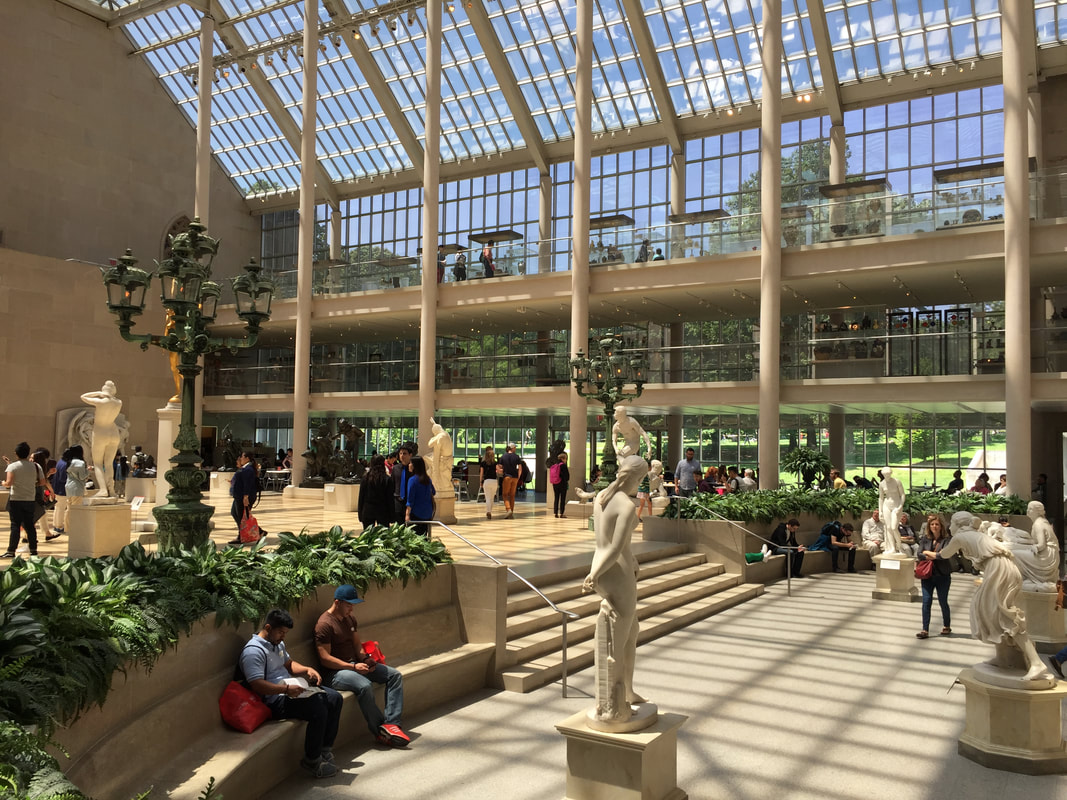
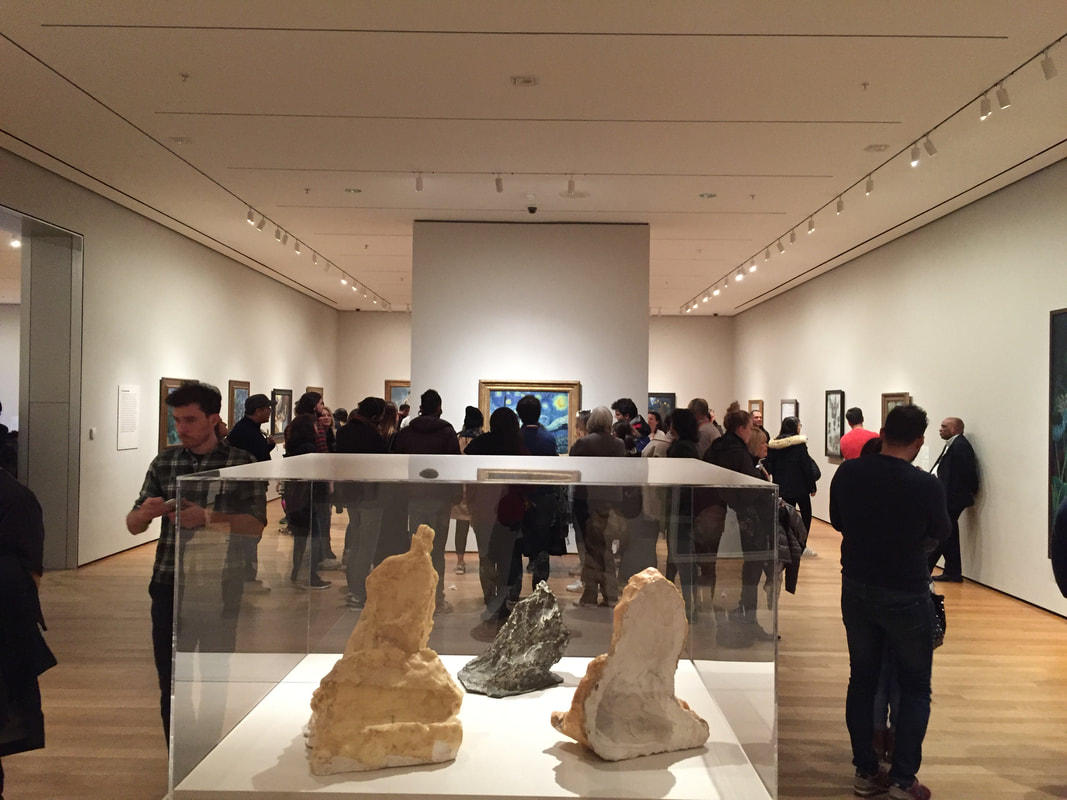
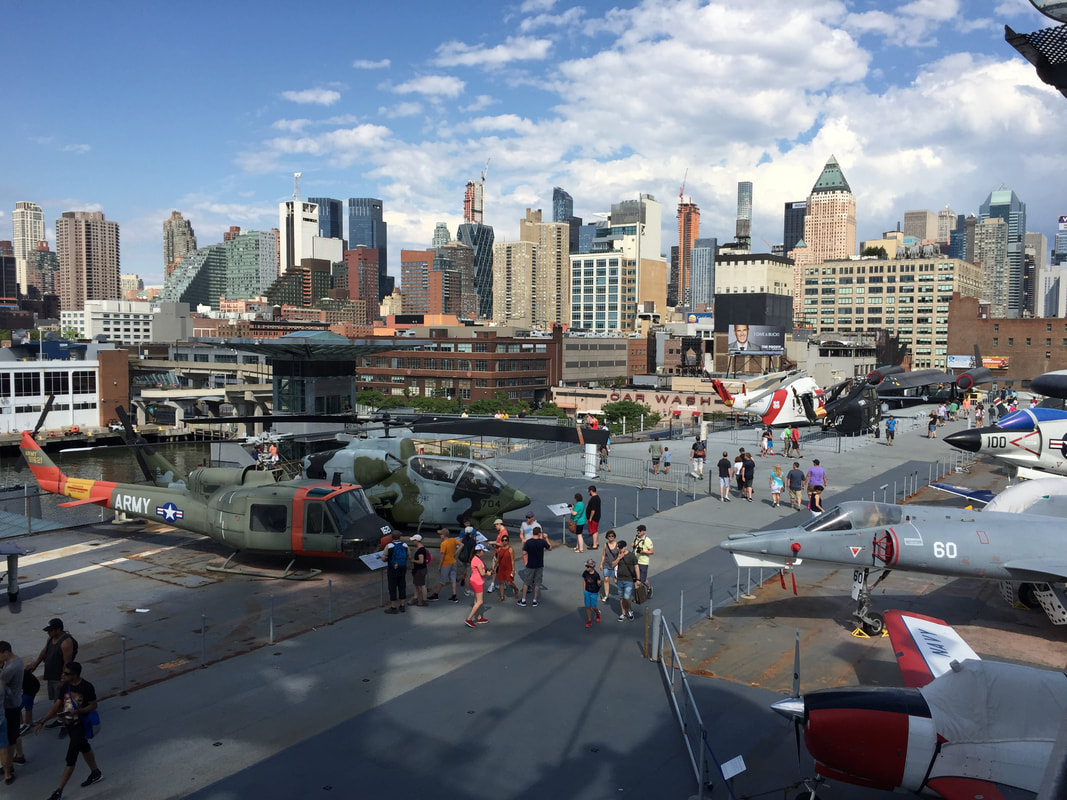
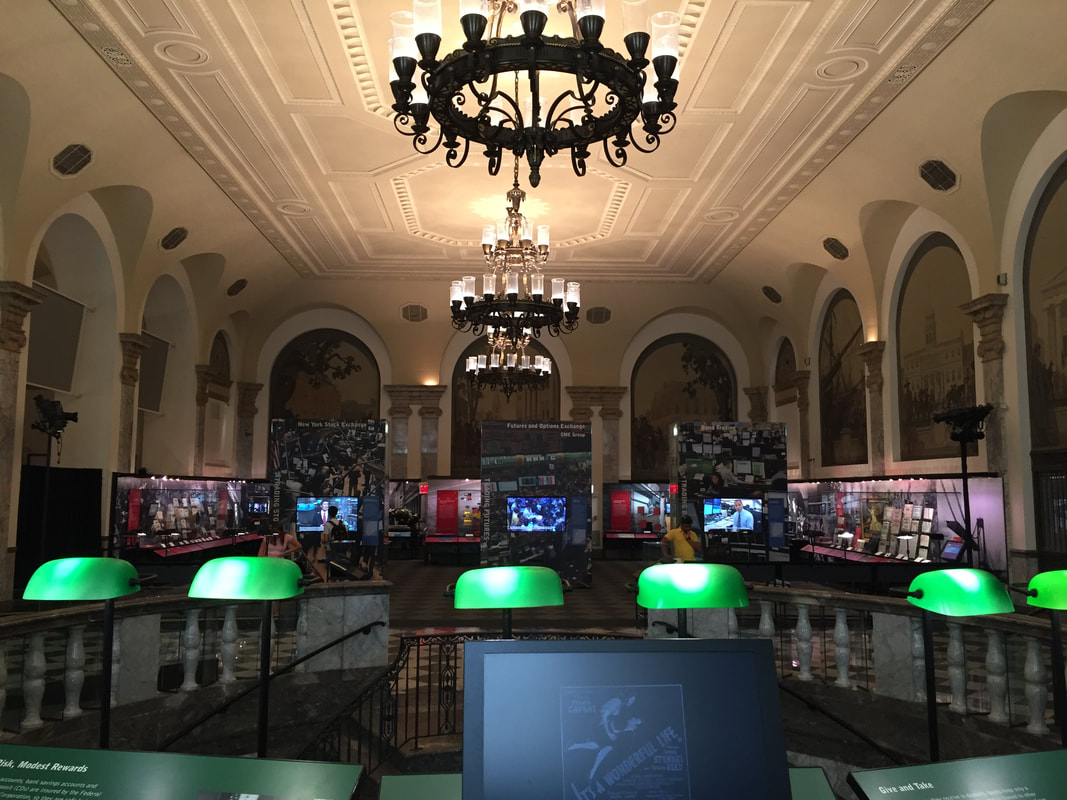




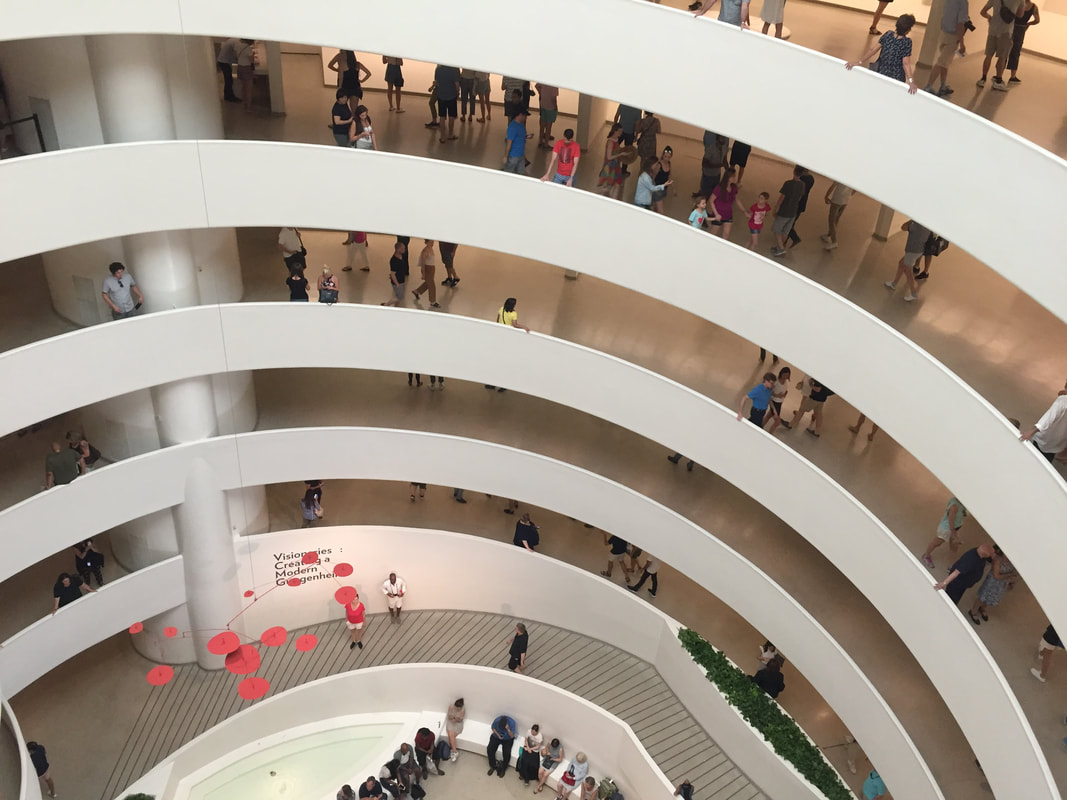


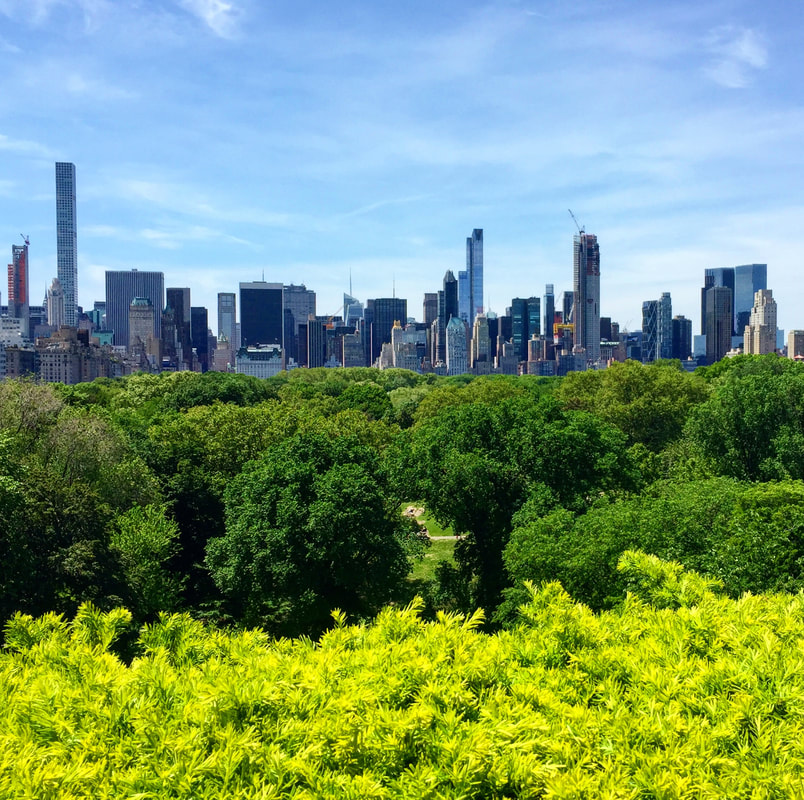


 RSS Feed
RSS Feed